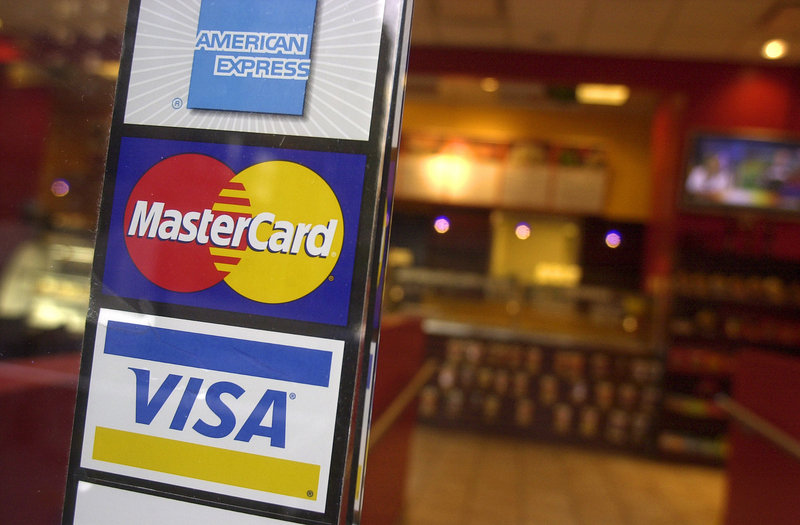WASHINGTON — Americans are putting more debt on their credit cards after more than two years of cutting back, a sign that they are gaining confidence in the economy.
The first increase in credit-card debt since the financial crisis hit helped to boost overall consumer borrowing 3 percent in December, to a seasonally adjusted annual rate of $2.41 trillion, the Federal Reserve said Monday. It was the third straight monthly gain for consumer borrowing.
Borrowing in the category that includes credit cards rose 3.5 percent, the first rise since August 2008. Borrowing on auto loans increased 2.8 percent.
Mark Zandi, chief economist at Moody’s Analytics, viewed the credit-card gain as an encouraging sign that households are becoming more confident about the economy and jobs. He also said banks are loosening some lending restrictions put in place after the financial crisis.
“The credit spigot is opening,” Zandi said.
Even with the December gains, consumer borrowing is just 0.7 percent higher than the three-year low hit in September. It is 6.6 percent below the high set in July 2008. But analysts predicted further credit gains in coming months.
Theresa Chen, an economist at Barclays Capital, said December borrowing was consistent with the strength seen in new car sales and retail sales during the month.
She said the increase also supported last week’s Federal Reserve survey of bank loan officers, which showed banks were starting to relax some of the tighter standards on consumer loans. She predicted further gains in overall consumer borrowing in the months ahead.
Households began borrowing less and saving more as they started to feel the impact of the recession, which officially began in December 2007. As unemployment climbed, people cut back on spending and that slowed economic growth. Consumer spending accounts for 70 percent of total economic activity.
Even if borrowing rises this year, many economists don’t expect Americans will borrow at the pace seen in the middle of the last decade. During that period, soaring home prices made households feel wealthier than they were, and that encouraged them to borrow and spend more.
Analysts had expected a rise in total borrowing in December, reflecting strength in auto loans. But they didn’t anticipate a rise in credit-card debt. Both auto sales and overall retail sales increased in December. Retailers closed out their best holiday shopping season in four years.
Send questions/comments to the editors.



Success. Please wait for the page to reload. If the page does not reload within 5 seconds, please refresh the page.
Enter your email and password to access comments.
Hi, to comment on stories you must . This profile is in addition to your subscription and website login.
Already have a commenting profile? .
Invalid username/password.
Please check your email to confirm and complete your registration.
Only subscribers are eligible to post comments. Please subscribe or login first for digital access. Here’s why.
Use the form below to reset your password. When you've submitted your account email, we will send an email with a reset code.